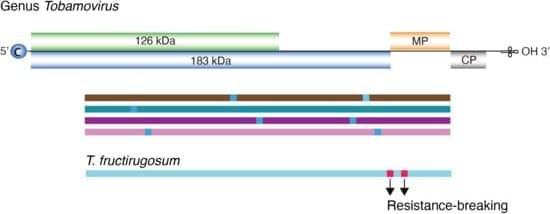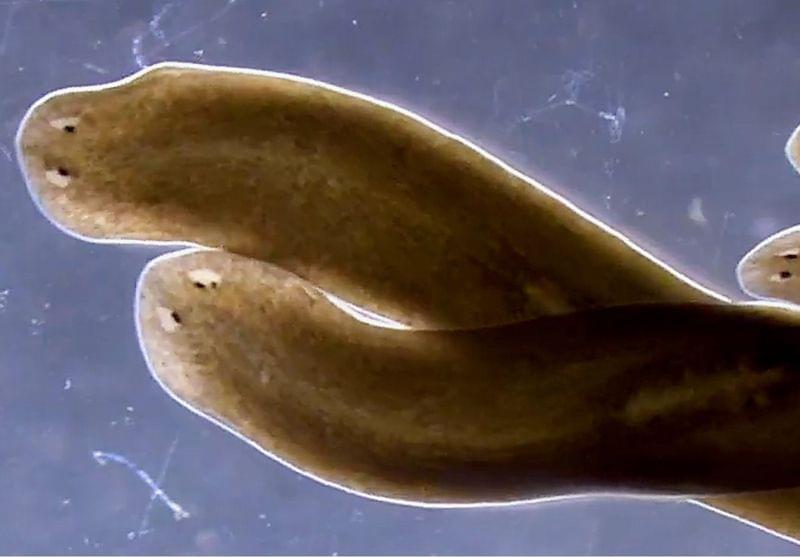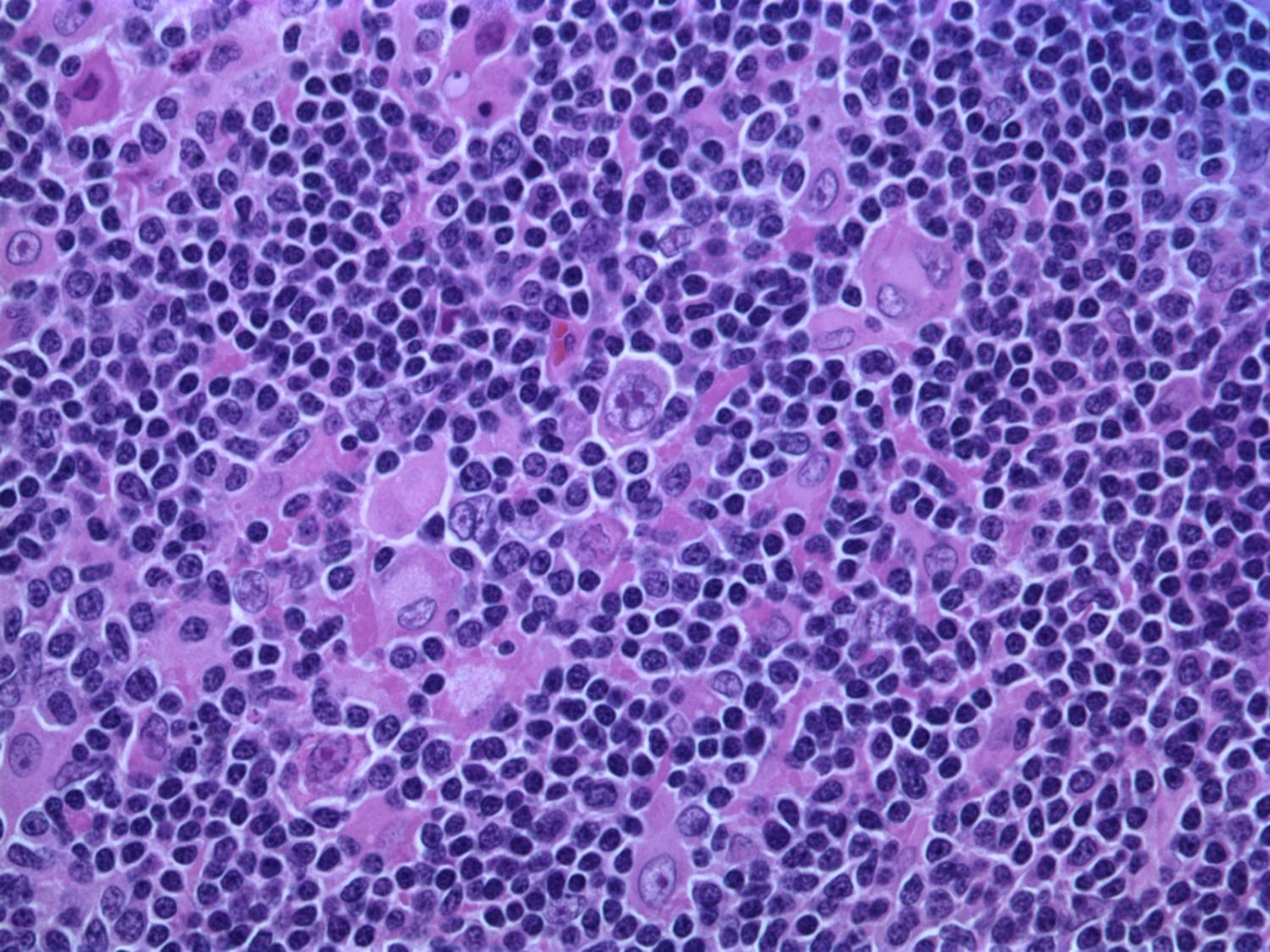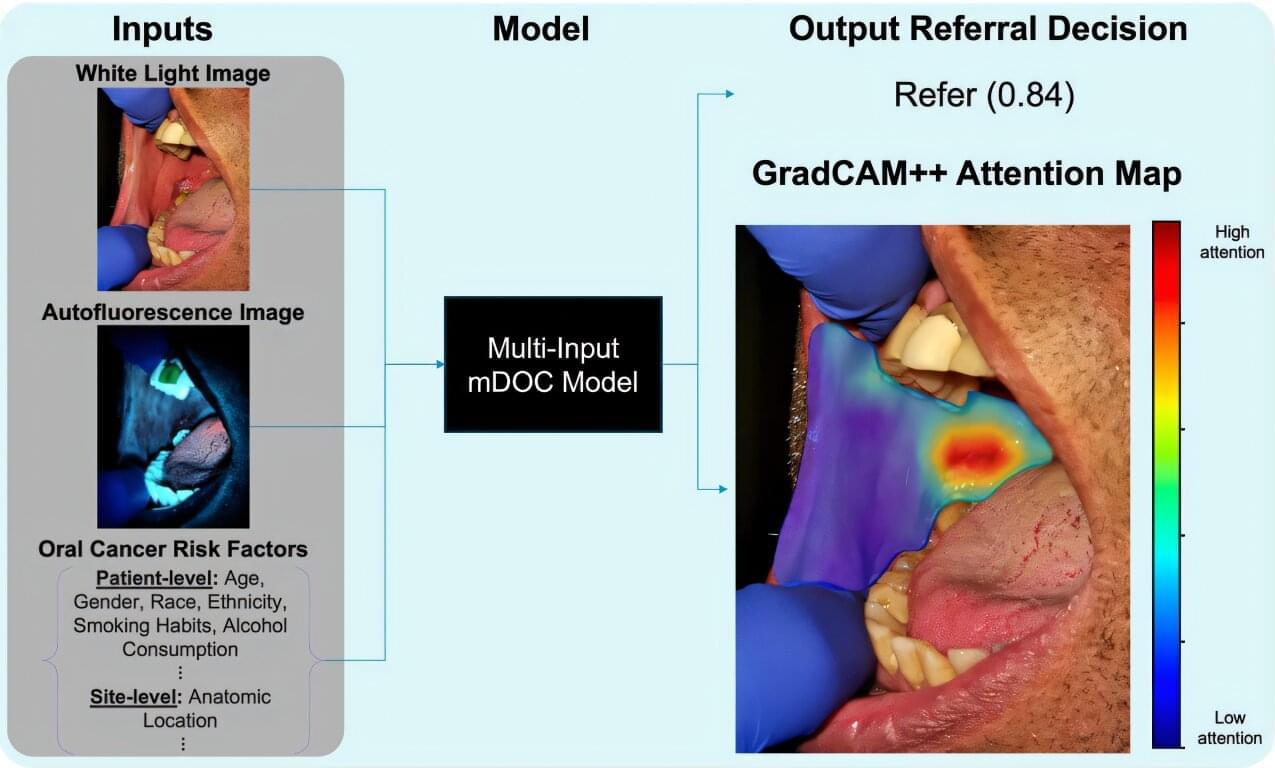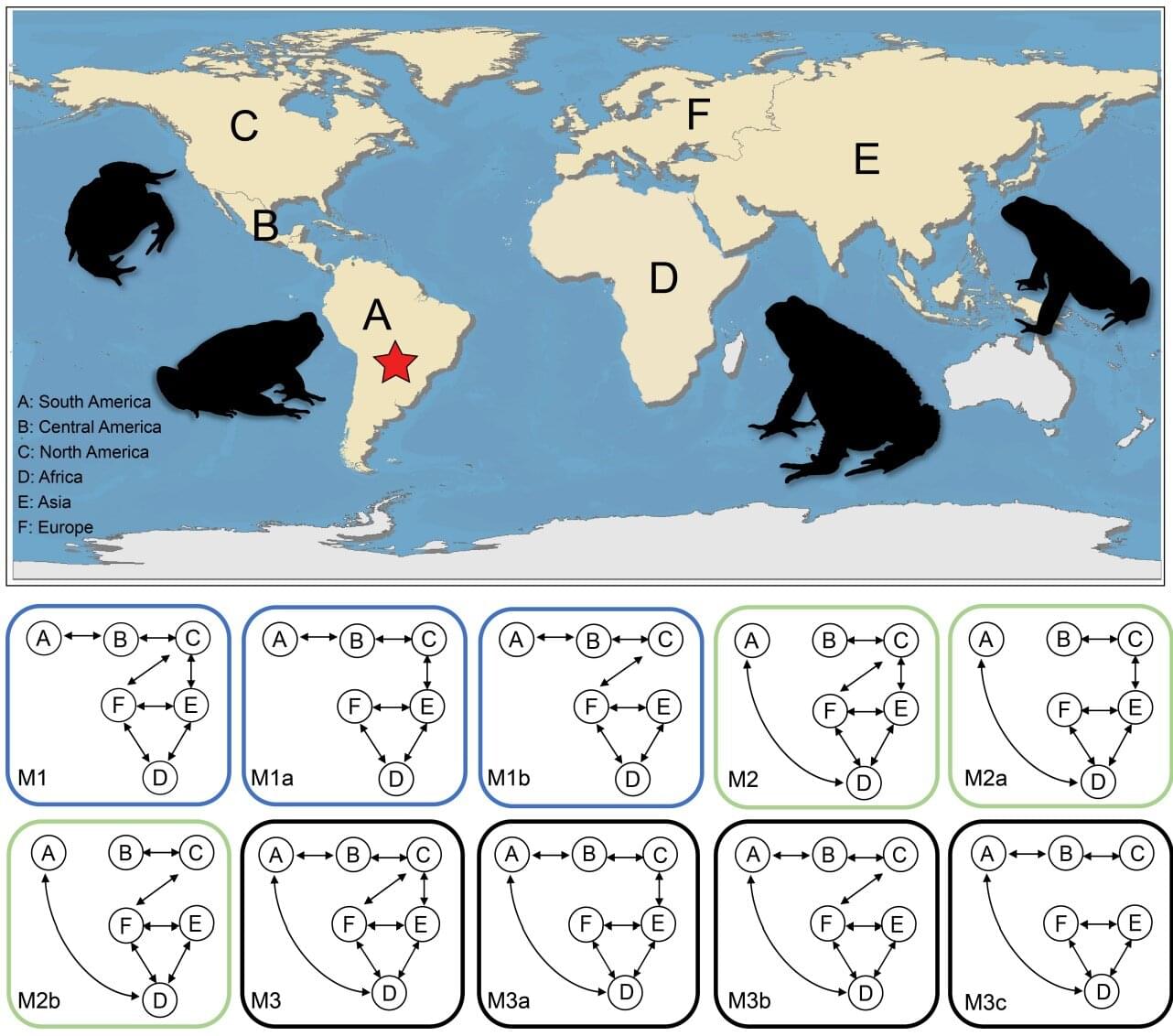Cancer is classified as the uncontrollable growth of mutated cells. There are different types of cancers that correlate to various tissues and organs. When individuals hear “cancer” they tend to think of breast cancer or another type of solid tumor. While about 90% of new cancer diagnoses are solid tumors, the remaining 10% are hematologic or blood cancers. Hematological malignancies affect the blood, bone marrow, and lymph nodes. Specific blood cancers include leukemia, lymphoma (Hodgkin’s and non-Hodgkin’s), and multiple myeloma. Around the world, these cancers account for about 7% of all cancer-related deaths, with a projection to increase to about 4.6 million cases in 2030.
Symptoms for hematological malignancies can vary and present in a wide range. Most common symptoms include fatigue, fever, weight loss, bruising, bleeding easily, anemia, low platelet count, and low white blood count. Many patients will also feel bone pain and muscle weakness accompanied by headaches and seizures. Current standard-of-care therapy include chemotherapy combined with another form of treatment. Dependent on the patient and the stage of the cancer, physicians can prescribe targeted therapies, immunotherapies, and stem cell transplants. However, some cancers find ways to resist therapy and continue to progress. Currently, many scientists are working to overcome barriers and improve therapy for patients with hematological malignancies.
A recent article in Science Advances, by Dr. Philippe Bousso and others, demonstrated that an immunotherapy can elicit a strong antitumor response by reprogramming malignant immune cells in lymphomas and leukemias. Bousso is an immunologist and head of the Dynamics of Immune Responses Unit at the Pasteur Institute in France. His work focuses on understanding immune responses in different diseases using innovative imaging approaches. Importantly, his work has helped the field of immunology redefine immune cell functions and showed how proteins secreted by immune cells can have an effect in distal locations throughout the body.





